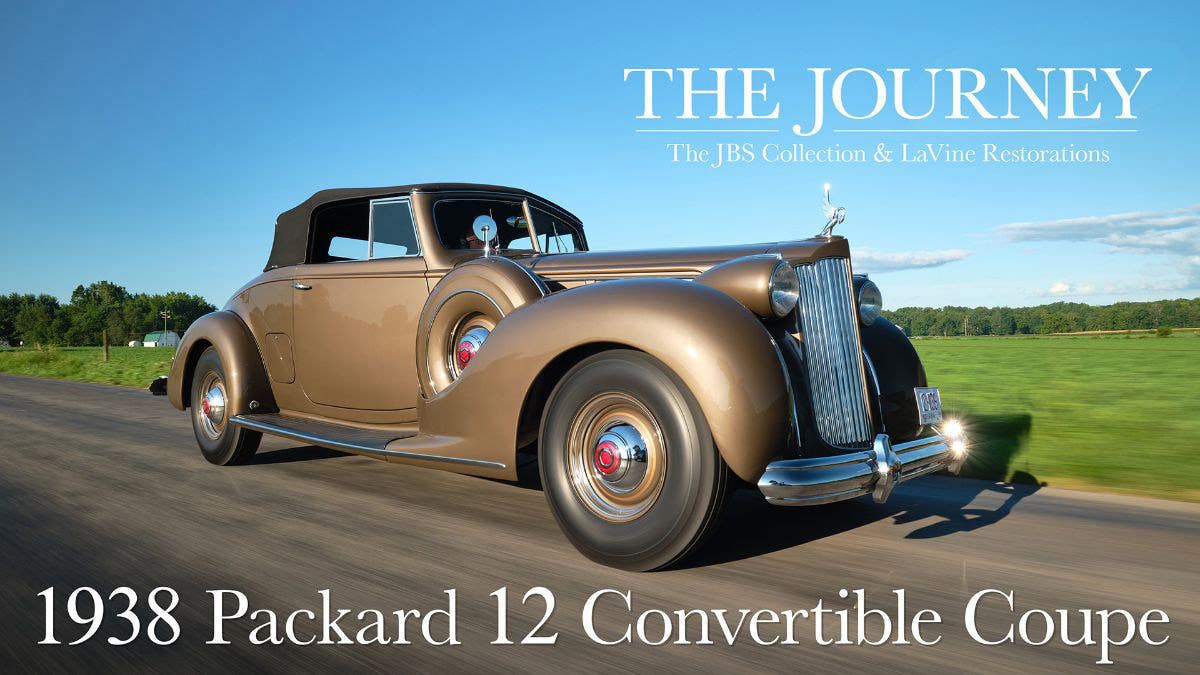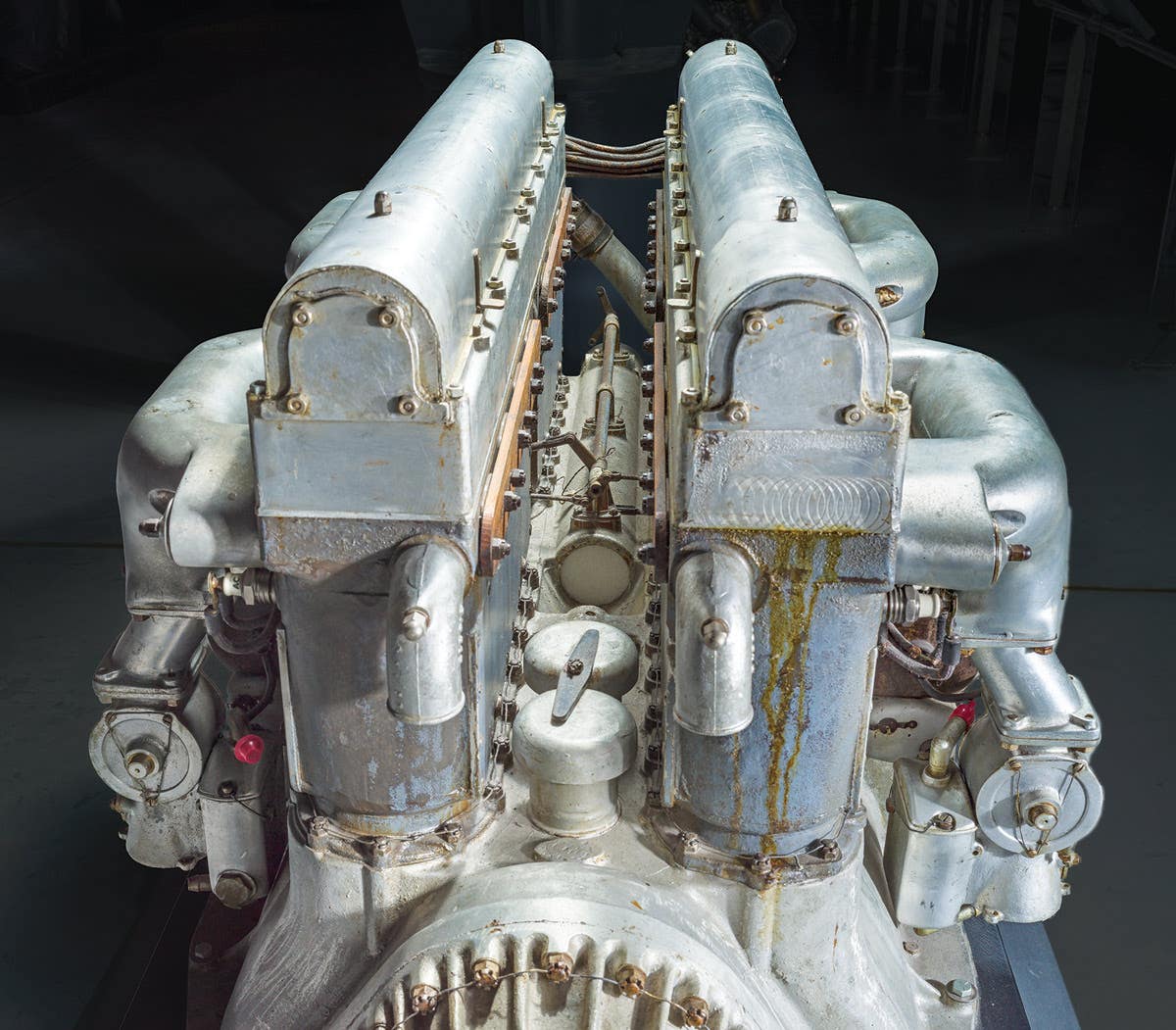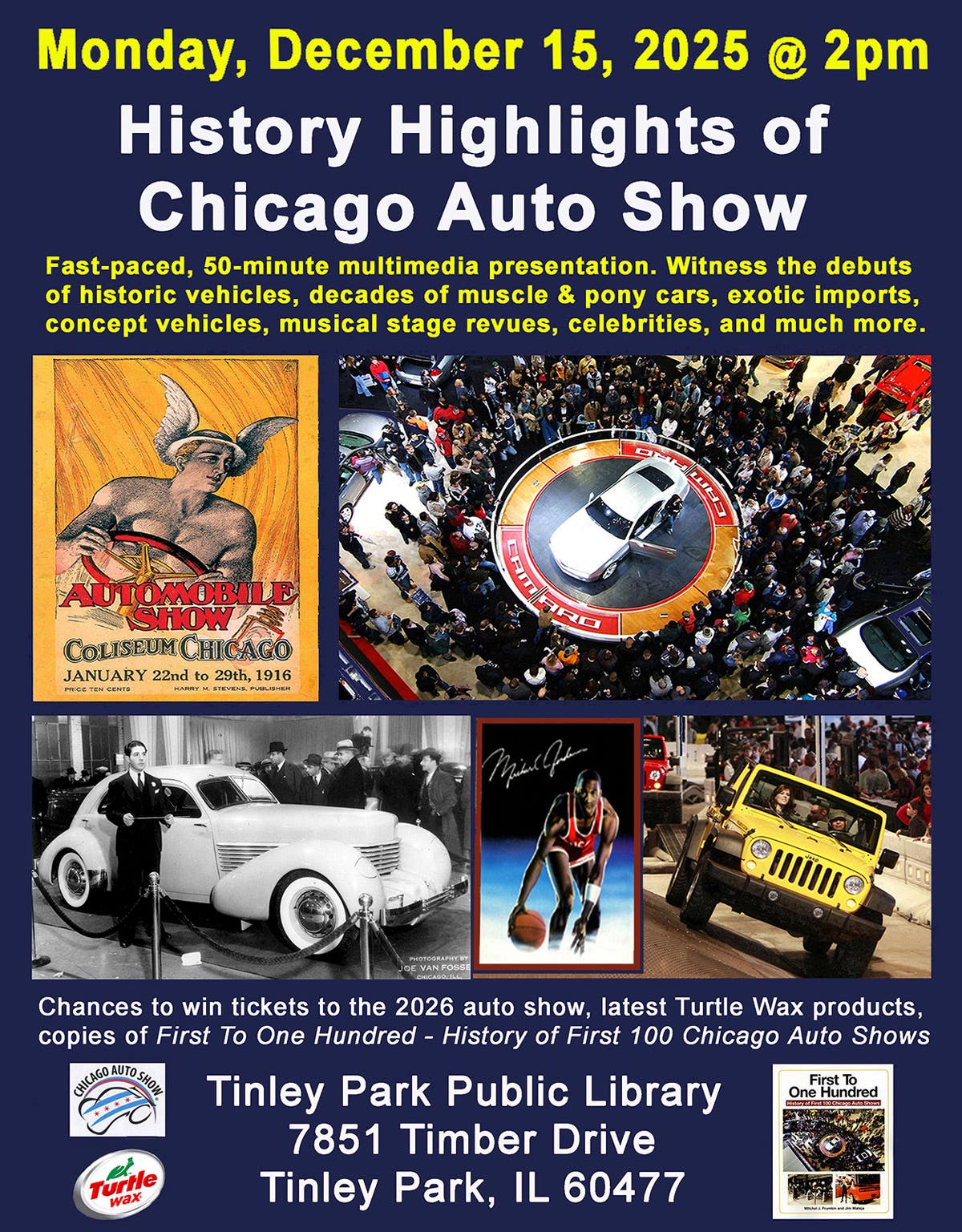Resto Strip Down: The Skyscraper Approach
Almost every book we’ve ever read about auto restoration tells you that you need a minimum of three vehicle spaces to accommodate a restoration project: In both my personal shop…
Almost every book we’ve ever read about auto restoration tells you that you need a minimum of three vehicle spaces to accommodate a restoration project:
- You need a space the size of a car to store the car in.
- You need a similar space to store the taken off parts in.
- You need a third such space to work in and keep equipment in.
In both my personal shop at home and Gunner’s Great Garage — the shop that I “hung a shingle” out in front of — there is a minimum amount of space to do restoration work in. And for most of us, this is probably the reality. Or do any of you have too much floor space for your projects?
Well, I grew up in New York City — the land of skyscrapers and concrete canyons. When I was born, I lived in a two-story building. By the time I was a tot, my family moved to a six-story building. After the number of family members grew and the three little members got bigger, we moved to an eight-story place. My first job in Manhattan was in a building that had a LOT of floors (if you want, you can go to 11 Broadway in NYC and count them).
Somehow, the idea sunk into my head that multi-story buildings held more people and more stuff. In other words, if you build up, you get more room. I think that architects and builders call it “air space.” That’s why the tall buildings in big cities rise up into the clouds and scrape the sky.
Since both of my shops are on the small side, I decided it was a good idea to use the skyscraper approach to store parts. It started in my home shop and now I use it at Gunner’s Great Garage.
In both places I basically work on the “most active” vehicle sitting on a Backyard Buddy (www.backyardbuddy.com) 4-post lift. Initially, as I take off parts, I spread them out on a very sturdy aluminum work table that I sourced from Pit Pal Products (www.pitpalproducts.com). Once I have enough related parts (say all the front suspension components) I move them on to shelves that I buy on eBay.
These are called “bakery shelves” and they have five wire shelves that slide onto uprights that have dolly wheels at the bottom. Tapered plastic cups lock into grooves in the uprights and allow you to position the shelves at different heights. I found a place on eBay that sells them for about $40 if I purchase a dozen at a time. So, when I make a purchase, I usually get a couple of friends to buy at the same time so I can order enough to get the seller’s lowest price.
My friend Jim Rugowski is a retired engineer. He went in on some of the shelves one time and after he assembled them, he took out his slide ruler and figured out the cost per square inch of storage space and compared it to other storage aids. I forget the exact figures, but the rolling shelves we bought were super cost-efficient and now we both use the skyscraper approach.
With a couple of shelves you can store almost every part on a car except for huge body panels. Sometimes I hang long, thin parts on the ends with electrical ties pushed through the wires. (The wire construction also avoids the collecting of dirt and dust).
When I’m finished for the day, I just raise the car on the lift, lock it in position with the safety catches, and roll all the shelves under the lift in a few minutes. With this approach, I can handle a restoration in less than the space of three cars with just a minimum of extra work pushing shelves around.








